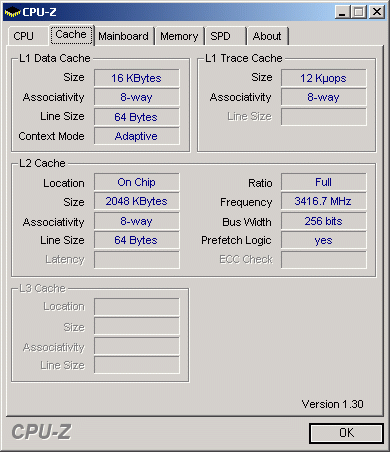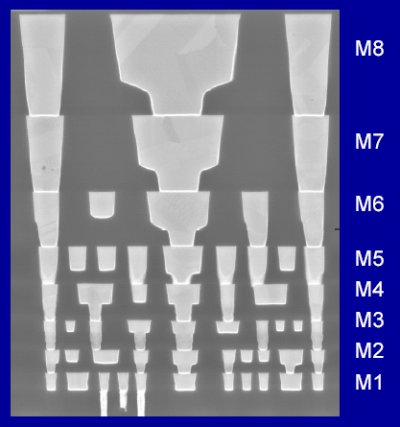A Sneak Peak at Intel's 65 nm Pentium 4
It Is Not Just A Die Shrink!
Intel keeps using its strained silicon technology rather than SOI (silicon on insulator) which is known to suffer less from current leakage. However, the firm says it has increased the straining process by as much as 15% while leaving the isolating layer between gates and electrodes at 1.2 nm.
This can be used to increase performance while keeping current leakage levels or to maintain performance while reducing heat dissipation.
Yet we consider the sleep transistors design to have at least the same impact on leakage current than the structural improvements. With Cedar Mill (and Presler), transistors that are not in use will be automatically disabled. This should mostly apply to cache areas, but to other functional units as well. According to Intel, the latency required for waking up transistors from sleep mode is short enough to prevent any delay. While sleep transistors could just as well be implanted into 90-nm designs, they would have increased the total die size.
The 65-nm manufacturing process features eight copper layers with low-k dielectric isolators now. This was necessary to ensure proper routing.
Cedar Mill vs. Prescott - they all look alike.
86 Watts TDP
While the current mainstream FMB (Flexible Motherboard - this is an Intel specification for processor and system power requirements) allows for a TDP (Thermal Design Power or a maximum heat dissipation) of 95 Watts, the Cedar Mill core is specified for up to 86 W now. As far as we know, this includes Pentium 4 631 to 661 (3.0 to 3.6 GHz), but it might easily be the case for faster models as well.
As you will see in the test result section, Cedar Mill actually manages to reduce the system power consumption under load by as much as 20% when compared to Prescott 2 MB (see test setup table for system details). This difference is large enough to bring Intel back into the performance per watt game when competing with AMD. However, the difference gets smaller in idle mode and when SpeedStep is enabled. Obviously this is because the voltage our test motherboard applied to Cedar Mill was not that different from the 1.35 V that Prescott requires.
Get Tom's Hardware's best news and in-depth reviews, straight to your inbox.
These unexpected results at high loads also make it clear that the Pentium 4 is getting closer to the Athlon 64 since the TDP specification is high, but it is usually far from being reached.
Current page: It Is Not Just A Die Shrink!
Prev Page Cedar Mill Details Next Page SpeedStep Is Still There
Patrick Schmid was the editor-in-chief for Tom's Hardware from 2005 to 2006. He wrote numerous articles on a wide range of hardware topics, including storage, CPUs, and system builds.


